Return of the raven: What the rewilding of southern Canada teaches us
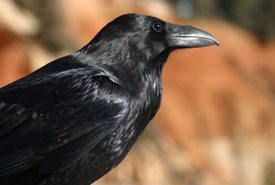
Common raven (Photo by pcb21, Wikimedia Commons)
Thanks to a bird, I recently needed to change the ring tone on my mobile phone. My ring had long been the classic call of the common raven — a deep gurgling croak that reminded me of being in wilder places. Places such as the northern shores...
The swift fox: A conservation success story
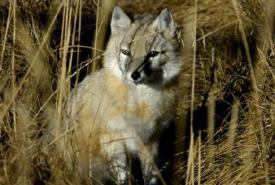
Swift fox (Photo by Karol Dabbs)
Although I work as the Nature Conservancy of Canada's (NCC's) conservation coordinator responsible for the area in Alberta where swift foxes now live, I have never seen a wild one myself. These are elusive creatures. I did see several being...
The importance of kelp
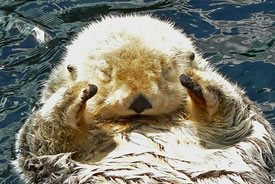
Sea otter, Vancouver Aquarium (Photo by Wikimedia Commons, Stan Shebs)
Sea otters are a keystone species. They play an important role in the health and stability of near shore marine ecosystems. They eat sea urchins and other invertebrates that eat vast quantities of giant kelp. In the absence of sea otters, grazing...
In praise of goldenrod (and exposing the real culprit of your hay fever)
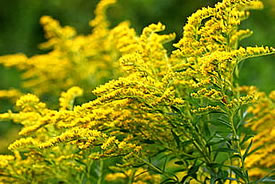
Goldenrod (Photo by Liz West, Wikimedia Commons)
I worry a lot about how we don’t understand nature anymore. Now I’m not talking about the value of nature or the importance of conservation. That worries me too, but what I’m talking about is the basic understanding of the plants...
Fungi and the gift of life on Earth
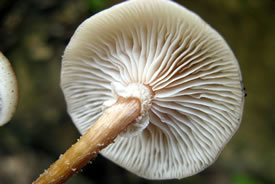
Honey mushroom (Photo by Alan Rockefeller, Wikimedia Commons)
Simply by existing and thriving, living and dying, the natural world provides so much for us to be thankful for — from the oxygen we breathe, to the land we grow food on, to the feeling of peaceful relaxation during a walk in the woods. But...
It's the great pumpkin pollinator! Meet the squash bee
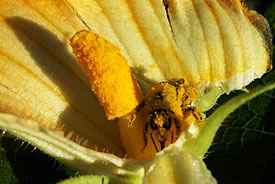
Female squash bee on a male pumpkin flower (Photo by Margaret Chan)
At my house, Halloween is a frenzy of pumpkins — those lovely globes that throb with the vitality of summer. We carve them into frightening orange-skinned, ghoulish-grinned beasts set aglow by the light of beeswax candles. I fell in love...
Where have all the pollinators gone?
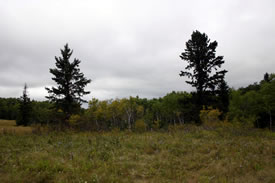
Research site (Photo by Diana Robson)
After a summer filled with ticks, mosquitoes and biting flies, I was ready for a pest-free pollinator survey at the Nature Conservancy of Canada (NCC) properties near Riding Mountain National Park this September. Autumn field work can be quite...
The search for an elusive species
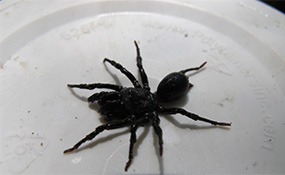
Black purse-web spider (Photo by Rob Craig, Ministry of Natural Resources and Forestry)
The black purse-web spider is not well known in Ontario. The species has been found occasionally across Southern Ontario, from Windsor to Belleville, including a recent find in Rouge Park in 2012. Interestingly, it belongs to the group of...
Bring bees back to your garden
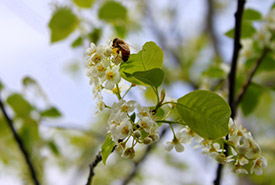
Bee pollinating a cherry tree (Photo by Jaimee Morozoff, NCC staff)
A few weeks ago, my mother texted me a photo of a shallow bowl with some rocks that she had set up beside her flowerbed. I didn’t have a clue what it was, and I told her as much. “It’s for my bumblebee,” she replied....
Bad news for bats? How White-nose Syndrome threatens Canada's bat populations
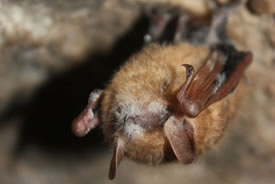
Tri-colored bat with white-nose syndrome (Photo by USFWS)
Bats are an important part of Canada’s biodiversity. They eat huge numbers of insects, some of which are crop and forestry pests. In the U.S. alone, it is estimated that bats provide insect control services worth between $3.7 and $53 billion...

